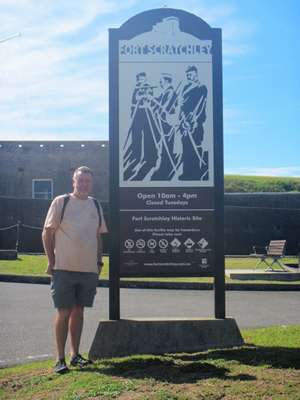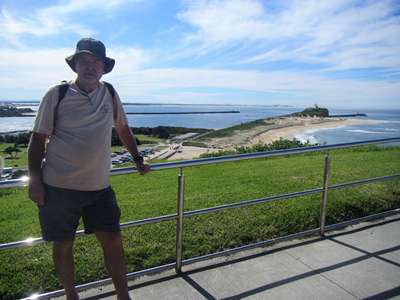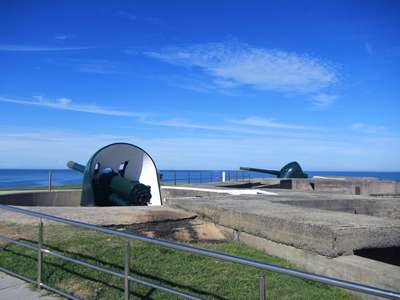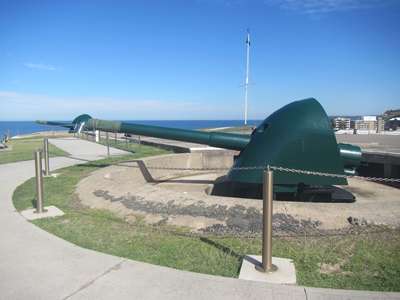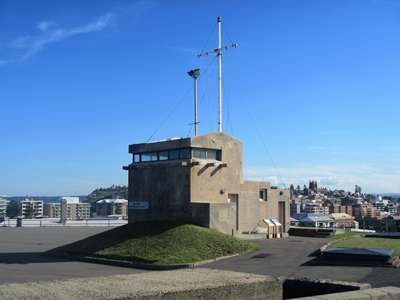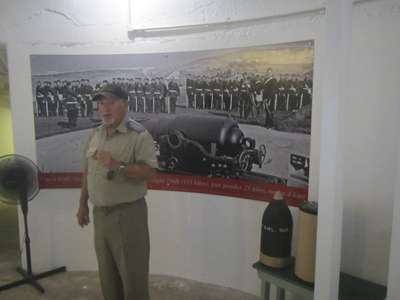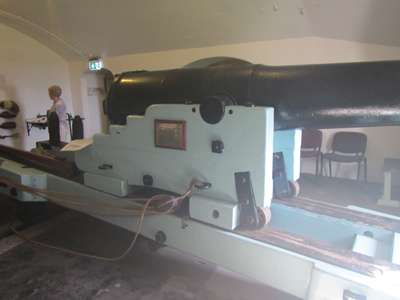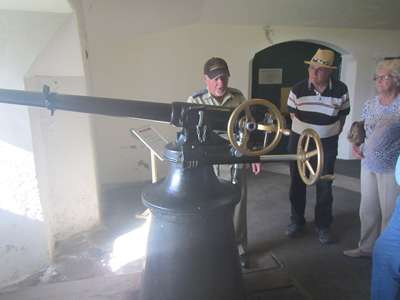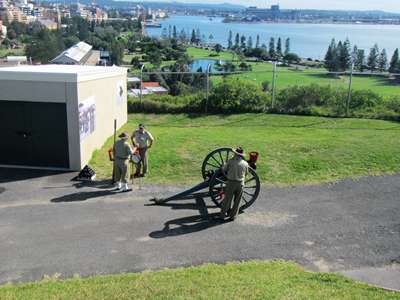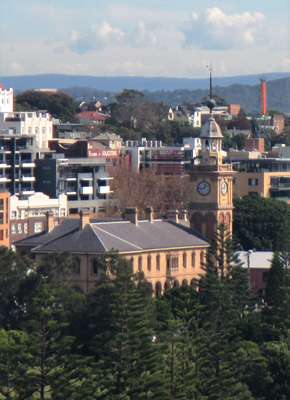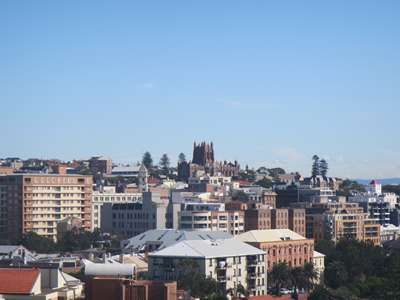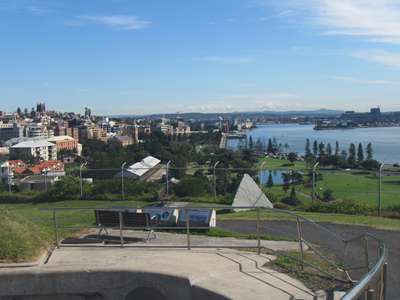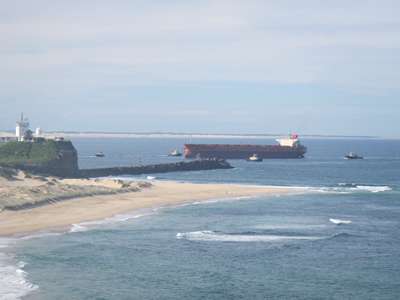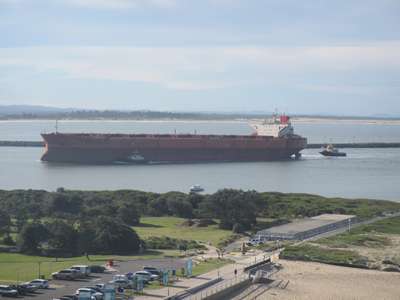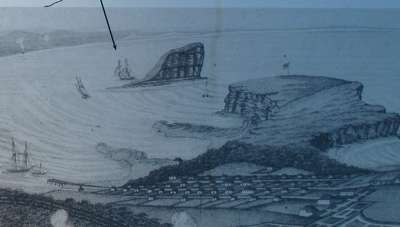Fort Scratchley

|
Thursday 28th April 2016 On a headland previously known as Braithwaite’s Head,
Fort Scratchley stands sentinel over Newcastle harbour entrance and the town
beyond. Built in 1882 and named after British officer Lieutenant Colonel Peter
Scratchley who had been sent out to advise on naval defences following fears of
Russian attack, the fort was designed around a battery of three 80-pounder guns
facing eastward in an arc to the ocean, with other guns covering the harbour to
north and west. The Russian attack never came, and during the 20th
century both the guns and their enclosures changed as military technology
developed. Apart from occasional use to prevent unauthorised shipping entering
the harbour during both world wars, the guns were fired in anger on just one
occasion, on the night of 7-8th June 1942 when a Japanese submarine
opened fire on Newcastle. Fort Scratchley became the only coastal
fortification to fire on an enemy Naval vessel. The guns were decommissioned in 1962 and the fort closed in
1972. Today it stands as a historic site and home to the Military Museum/Fort
Scratchley Historical Society. We spent a very enjoyable couple of hours
looking around the site, browsing in the museum rooms and taking a guided tour
of the tunnels.
Fort Scratchley stands on a headland overlooking Nobby’s
Head and the ocean around the entrance to Newcastle harbour,.
Two 6-inch Mark VII breech-loading guns stand atop the
fort, installed in 1911 and the fort’s most powerful and accurate
weapons.
The lookout tower, centre top of the fort.
A very knowledgeable and interesting volunteer guide took
us through the tunnels. This is an 80-pounder RML gun, built England 1872.
3 x Nordenfelt 1 and ½ inch guns replaced the 80-pounder
muzzle-loaded guns in 1898.
This gun was fired at 1 o’clock –
unfortunately the time ball on the top of the old Customs House building was not
working, so the officer in charge used his wristwatch. After the tour we stayed a while, taking in the views of the
city and watching a ship being met by tugboats which then guided it safely into
the harbour.
Christ Church Cathedral stands tall above the Newcastle
skyline. The Hunter River winds its way through Newcastle.
Four tugboats came out to meet this empty cargo ship and
to steer her safely into the harbour to collect her load of coal. As can be
seen, with no load onboard, she sits high in the water and her propeller is
visible above the surface. This reduces its effectiveness and thus her manoeuvrability,
both in terms of speed and direction. On her way out, with her load of coal,
the prop will be able to do its work efficiently and she will need far less
help.
An old sketch showing Nobby’s Head when it was
still a tall island, before it was joined to land by the breakwater and had its
top removed. The sailing ship below the arrow is at a crucial point as it
loses the wind in the lee of the island and as a result its speed. In big
seas, this is when ships were lost as they were washed onto the shallow oyster
shoals beyond. No tugboats to help them in those days. It was interesting to contemplate that, over a hundred years
and countless technological advances later, cargo ships today still have their
problems collecting coal from Newcastle! |
